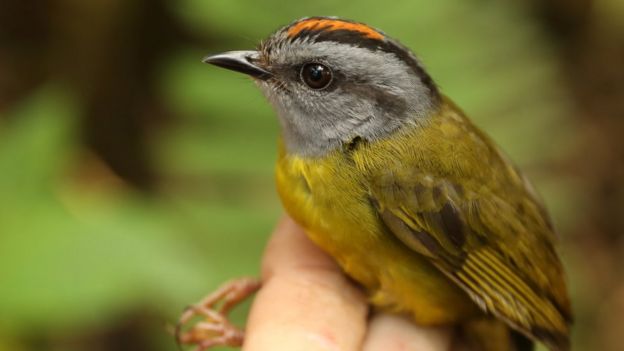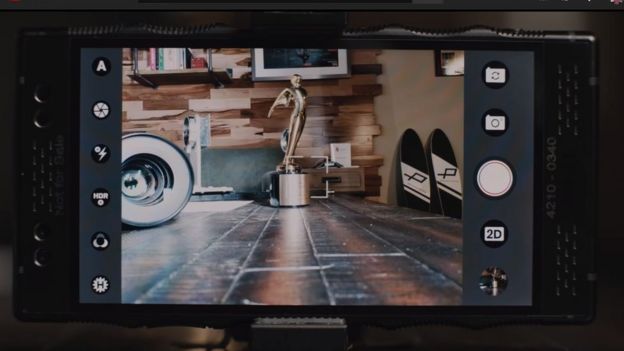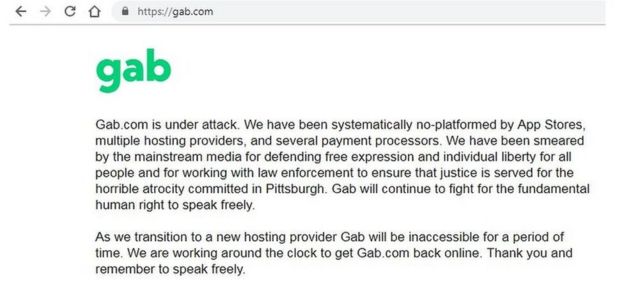Trick or treat?
SLIDER
October 29, 2018
Climate change is 'escalator to extinction' for mountain birds
Scientists have produced new evidence that climate change is driving tropical bird species who live near a mountain top to extinction.
Researchers have long predicted many creatures will seek to escape a warmer world by moving towards higher ground.
However, those living at the highest levels cannot go any higher, and have been forecast to decline.
This study found that eight bird species that once lived near a Peruvian mountain peak have now disappeared.
Researchers are particularly concerned about tropical mountain ranges and the impacts of climate change.
"The tropical mountain areas are the hottest of biodiversity hotspots; they harbour more species than any other place on Earth," lead author Dr Benjamin Freeman from the University of British Columbia told BBC News.
"It's only got a little bit warmer in the tropics and tropical plants and animals seem to be living quite a bit higher now than they used to."
The species that live in these regions are also hugely vulnerable because the difference in temperatures between lower and higher elevations in tropical regions is not as great as it is in other parts of the world. This means that moving up the slopes may not be as much of a solution for species in the tropics as it is elsewhere.
To test these ideas, scientists carried out a survey in 2017 of bird species that lived on a remote Peruvian mountain peak.
The team covered the same ground, at the same time of year, and used the the same methods as a previous survey, carried out in 1985.
 GRAHAM MONTGOMERY
GRAHAM MONTGOMERY
They found that on average, species' ranges had shifted up the slope between the two surveys. Most of the species that had been found at the highest elevations declined significantly in both range and abundance.
The researchers say that recent warming constitutes an "escalator to extinction" for some of these species with temperatures in the area increasing by almost half a degree Celsius between the two surveys.
Of 16 species that were restricted to the very top of the ridge, eight had disappeared completely in the most recent survey.
"These birds have moved up the mountain as much as you'd predict if temperature was this master switch that controlled where they live," said Dr Freeman.
"The ones that lived near the top 30 years ago are gone."
 GRAHAM MONTGOMERY
GRAHAM MONTGOMERY
The authors warn that rising temperatures will continue to drive widespread "extirpations and extinctions" of high-elevation animals and plants across the tropical Andes mountains.
In contrast, the scientists found that bird species living in lowland areas were benefitting from climate change, expanding their ranges, and shifting their upper limits further up the mountains.
However, even the species that are now on the move may find that they run out of options over time.
The authors say that if global temperatures rise this century between 2.6C and 4.8C, this could push tropical species a further 500m to 900m up the the slopes. This might prove too far for some.
Another problem is that many mountains have been cleared of their forests which limits the capacity of species to move up at all.
"You really can't ignore this process if you are thinking of long-term biodiversity and conservation in these areas," said Dr Freeman.
"The way to deal with it is to maintain protected habitat corridors that stretch across large elevational gradients."
The study has been published in the Proceedings of the National Academy of Sciences.
Source:
















